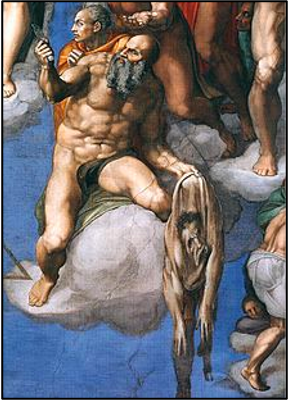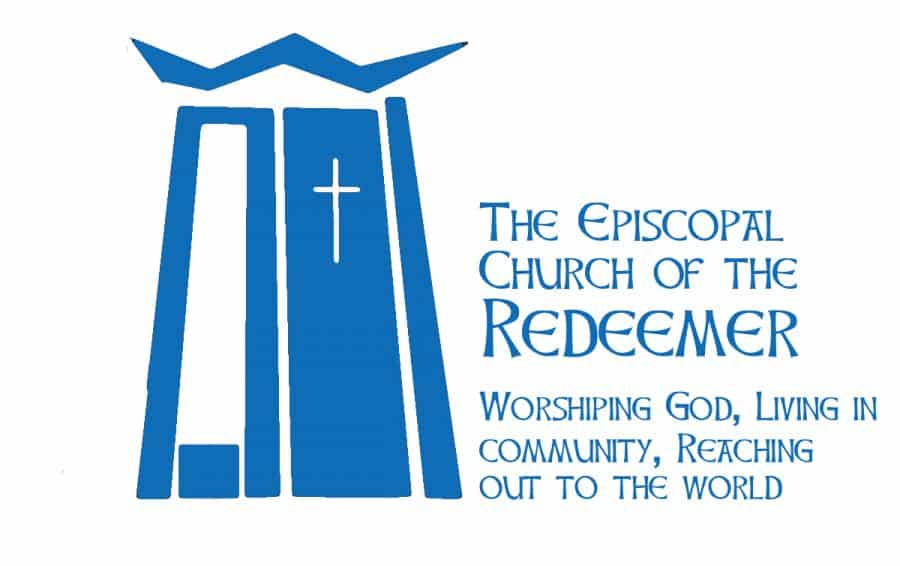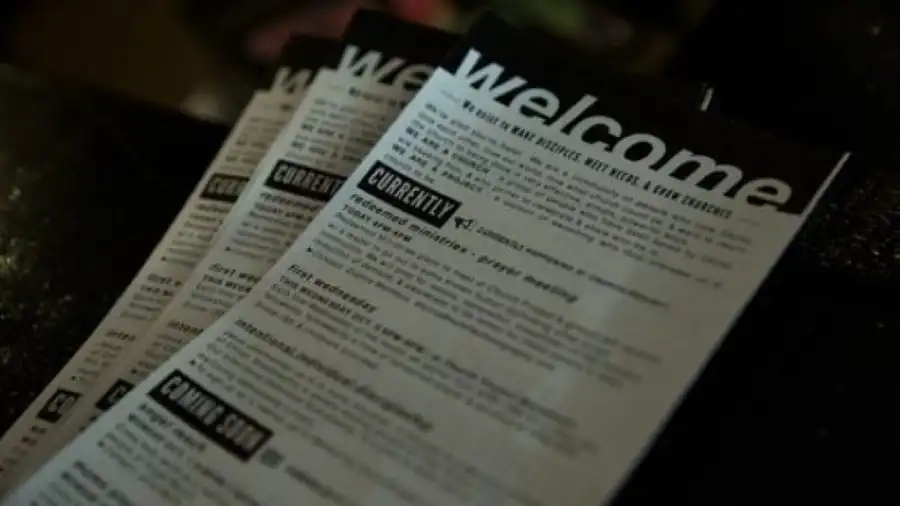This is the weekly bulletin insert from Sermons That Work.
The Feast of St. Bartholomew the Apostle
The Church celebrates the Feast of St. Bartholomew on August 24.
One of the twelve apostles of Jesus, Bartholomew is known to us only by his being listed among them in the Gospels according to Matthew, Mark, and Luke. His name means “Son of Tolmai, and according to Holy Women, Holy Men, “He is sometimes identified with Nathanael, the friend of Philip, the ‘Israelite without guile’ in John’s Gospel, to whom Jesus promised the vision of angels ascending and descending on the Son of Man” (Holy Women, Holy Men, page 538).
Unfortunately, this is the only information recorded about Bartholomew across the Gospels; few other historically reliable sources are available. Despite this lack of a reliable historical record, tradition has filled in several details around his travels, ministry, and martyrdom.

This hagiography, or writing of the life of a saint, has come to diverse conclusions. Some sources hold that church historians Jerome and Bede knew of a Gospel of Bartholomew, though such a text is lost to us today. Eusebius of Caesarea writes in the third century that a Hebrew text of Matthew’s Gospel was found in India by a traveling philosopher-theologian, attributed by locals to “Bartholomew, one of the Apostles.”
There is also a tradition that Bartholomew, along with the Apostle Jude Thaddeus, brought the gospel to Armenia. While there, they are reputed to have converted Polymius, the king of Armenia, to Christianity, thus enraging the king’s brother, who ordered Bartholomew’s execution. The story holds that the apostle was flayed alive and crucified at Albanopolis, leading to a common (and sometimes grotesque) depiction of the saint as a man or skeleton holding his own skin.
There are at least 18 Episcopal churches named in honor of the saint, from California and the Dominican Republic to Michigan and Georgia. Perhaps the most famous example is St. Bart’s on Park Avenue in New York City, a rare example of Byzantine Revival architecture from 1916 and a National Historic Landmark.
Collect for St. Bartholomew
Almighty and everlasting God, who gave to your apostle Bartholomew grace truly to believe and to preach your Word: Grant that your Church may love what he believed and preach what he taught; through Jesus Christ our Lord, who lives and reigns with you and the Holy Spirit, one God, for ever and ever. Amen.
Published by the Office of Formation of The Episcopal Church, 815 Second Avenue, New York, N.Y. 10017
© 2023 The Domestic and Foreign Missionary Society of the Protestant Episcopal Church in the United States of America. All rights reserved.
Weekly bulletin inserts
This weekly bulletin insert provides information about the history, music, liturgy, mission, and ministry of The Episcopal Church. For more information, please contact us at stw@episcopalchurch.org.

Sermons That Work
For more than 20 years, Sermons That Work, a ministry of The Episcopal Church’s Office of Communication, has provided free sermons, Bible studies, bulletin inserts, and other resources that speak to congregations across the Church. Our writers and readers come from numerous and varied backgrounds, and the resources we provide are used in small house churches, sprawling cathedrals, and everything between.

Church of the Redeemer
Church of the Redeemer: Worshiping God, living in community, and reaching out to the world around us. We are an Episcopal Church serving north King County and south Snohomish County, Washington. As you travel your road, go with friends walking the way of Jesus at Redeemer.
Church of the Redeemer is at 6210 Northeast 181st Street in Kenmore, Washington. The campus is a short distance north of Bothell Way, near the Burke-Gilman Trail. The entrance looks like a gravel driveway. The campus is larger on the inside than it is on the outside. And we managed to hide a large building on the side of a hill that is not easily seen from the street.
The Episcopal Church welcomes you.


